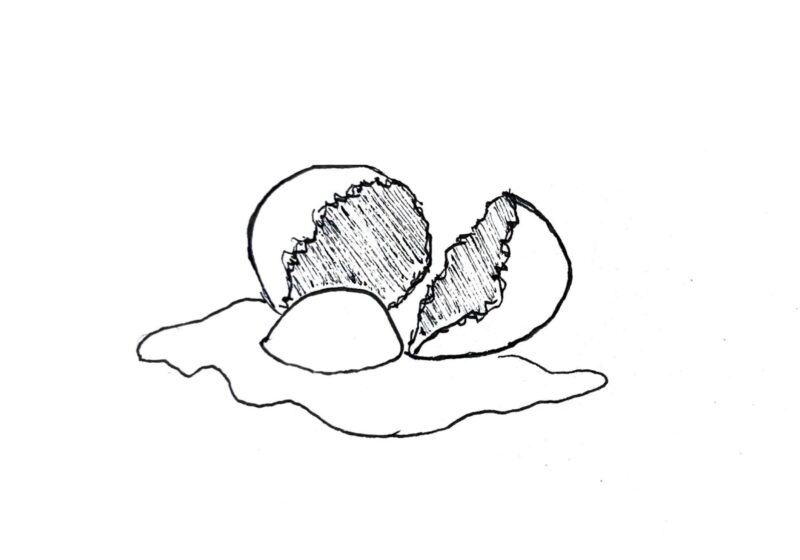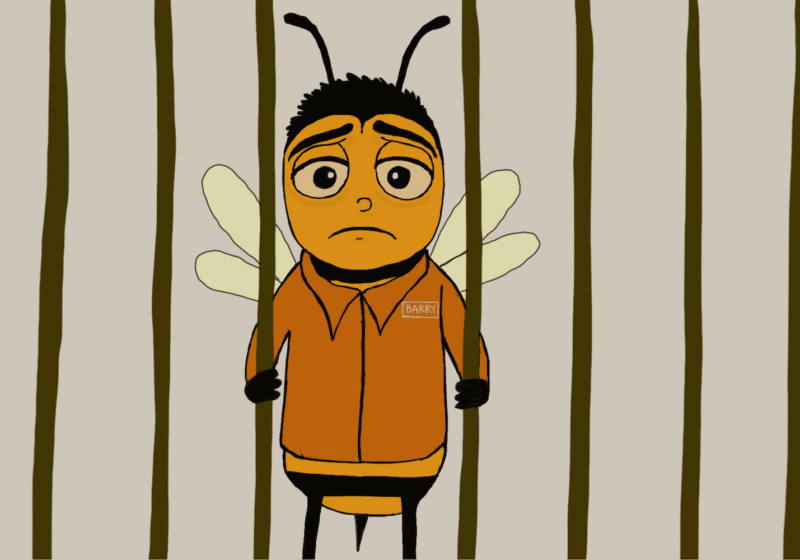Science isn’t always the easiest thing in the world. In fact, a lot of the minutiae of the scientific method — cleaning out an endless supply of petri dishes, hypothesizing until you can hypothesize no more, testing things out for the glimmer of hope that it will succeed, outright claiming results and percent error that you did not attain for clout, pretending to discover a new element on the periodic table and then being laughed off the face of your tenured professorship — is equal parts necessarily complicated and incredibly, boringly tedious. However, there’s a science that is full of fire, flame, passion, and now, the Campus Times: the science of love.
As multidisciplinary students, the Campus Times has recently implemented a new initiative: CT Labs. Since the number of Features writers has sharply decreased since the onset of COVID-19, all new staff members are required to instead be participants in scientific studies for shameless promotion of their club the advancement of society (and the Research at Rochester column). Those with biology and chemistry experience are taken advantage of on as Research Assistants. Par for the course with the Campus Times, this job comes with no pay — only literal exposure.
In a recent study published by CT Labs in the CT, after surveying and analyzing a corpus of responses from across the University student body, there is a visible upward trend in levels of perceived attractiveness for those who write for the Campus Times. If you squint. The level increases logarithmically as more articles are written. In addition, staff writers, photographers, illustrators, and section editors all are reported as being in the 80th percentile on the Hot and Sexy Index.
Interviews with study members after the publishing of the research showed a cavalcade of underlying reasons for why Campus Times contributors in particular made them feel hot under the collar. A common answer was that the typing out of articles, drawing of illustrations, and snapping of photos all were tactile experiences that held visceral, attractive meaning for the participants. “I mean, you have to think then about what those hands might do when they’re not so busy at work,” said a participant.
However, there are concerns that this benefits study could only ring true for heterosexual men. In a study done in 2015, it was found that while straight men liked the idea of women who were more intelligent than they were (in the study, shown as “psychologically nearer” to them), they reported lesser feelings of attraction than to their preferred bubbly bimbo blondes. Another study reported a similar thing for humor — while straight women prefer men who are smart and funny, as their silly selves may not be viewed nearly as favorably by their target audience. So, if you’re a straight guy looking for love, maybe the first place to look is the Campus Times Contact page. However, women, do not fear — studies of similar effects for those of the at least semi-homosexual persuasion are currently being conducted at CT Labs.






